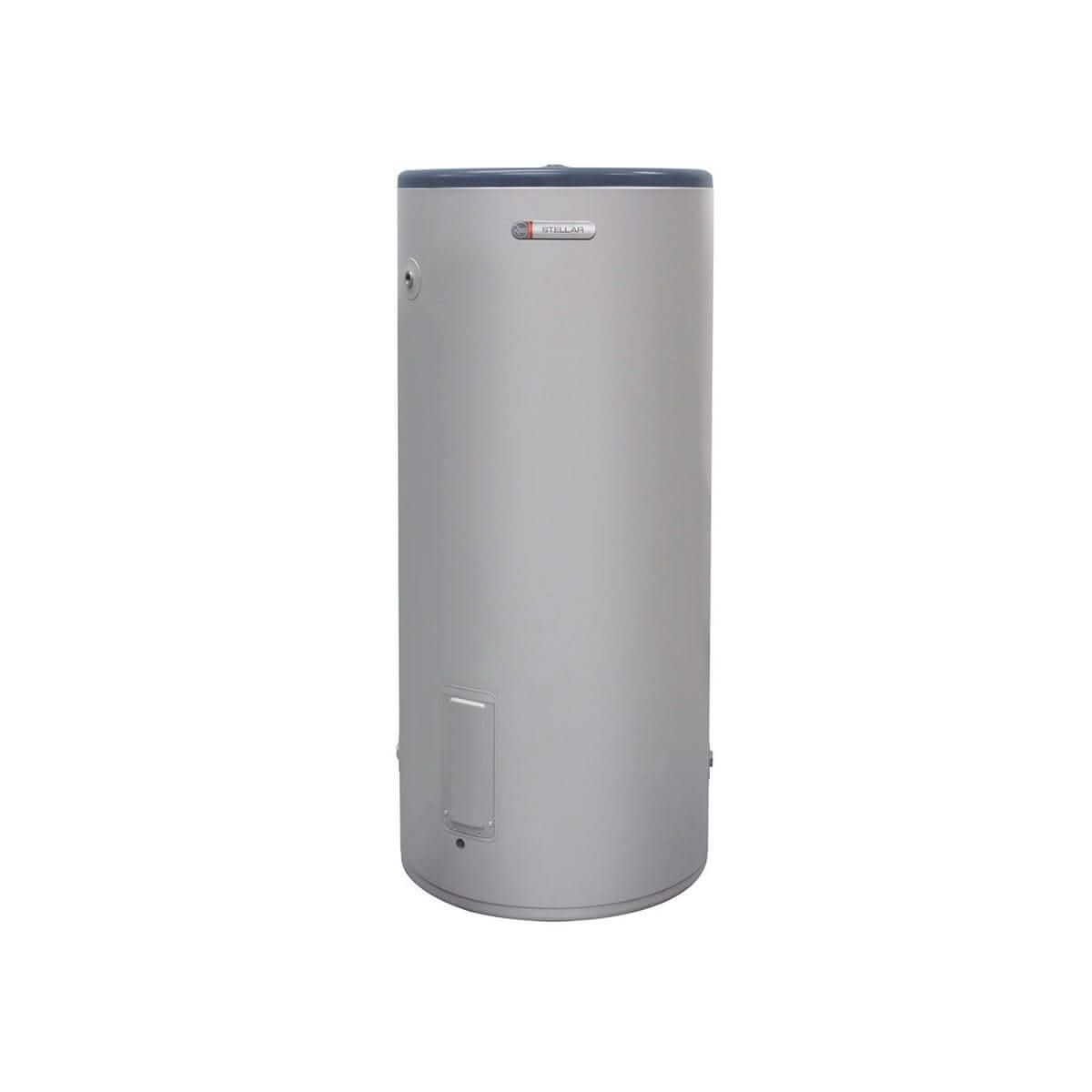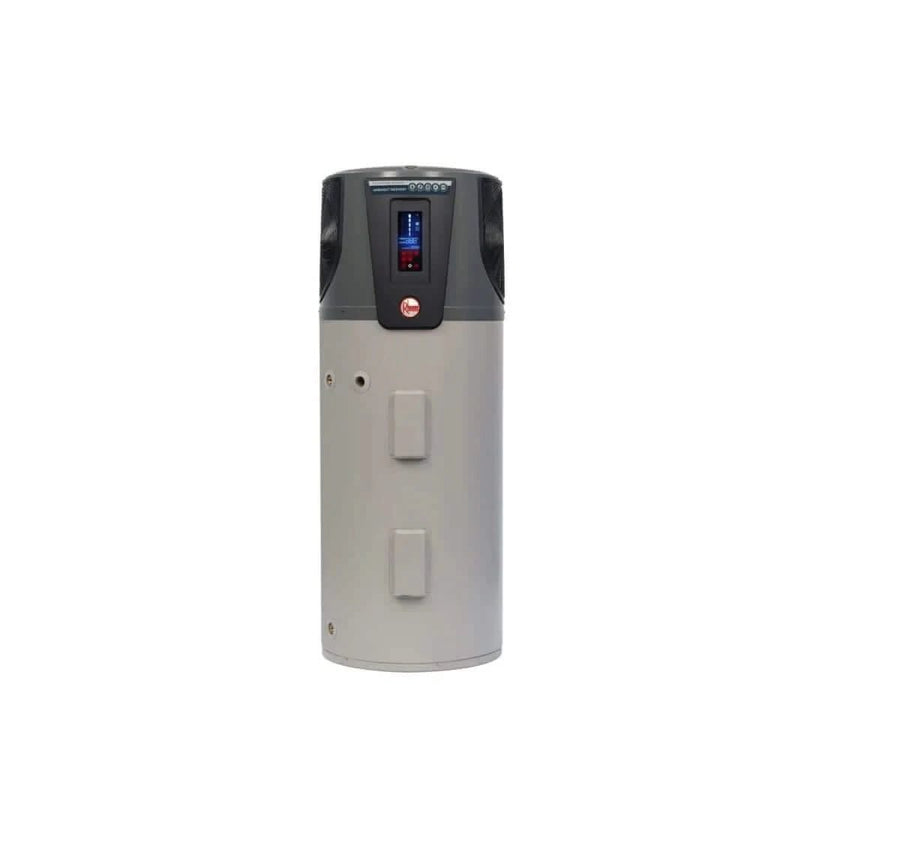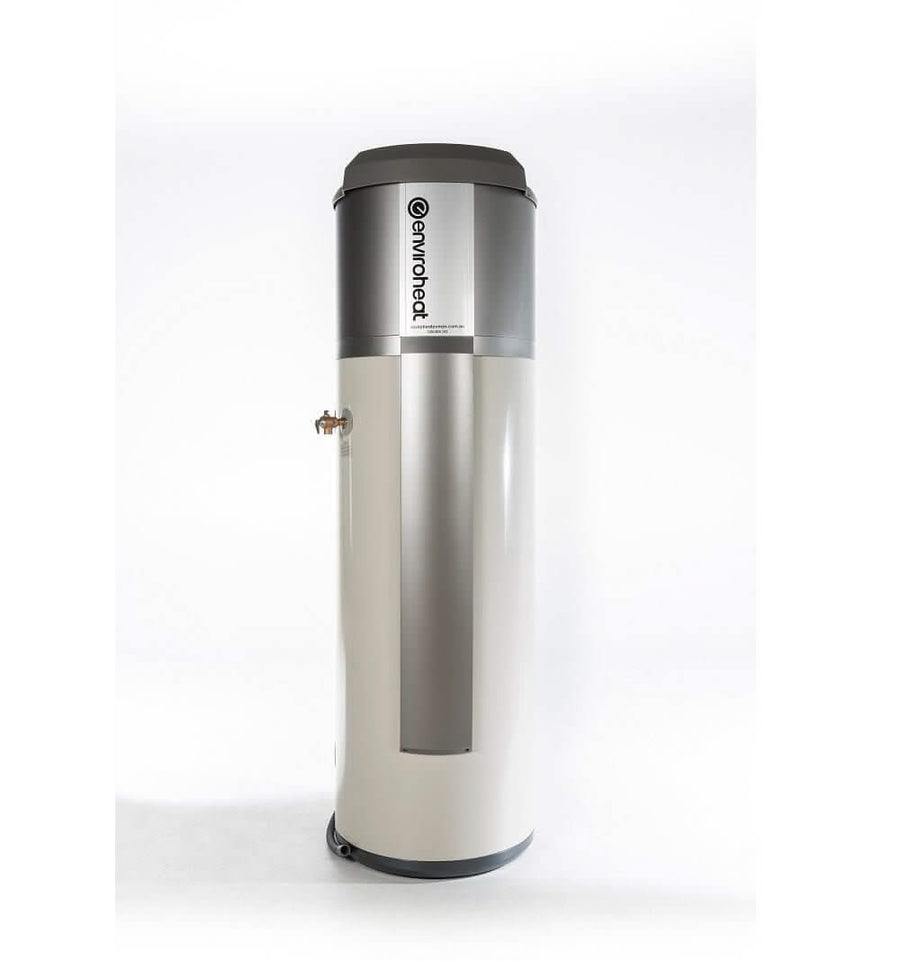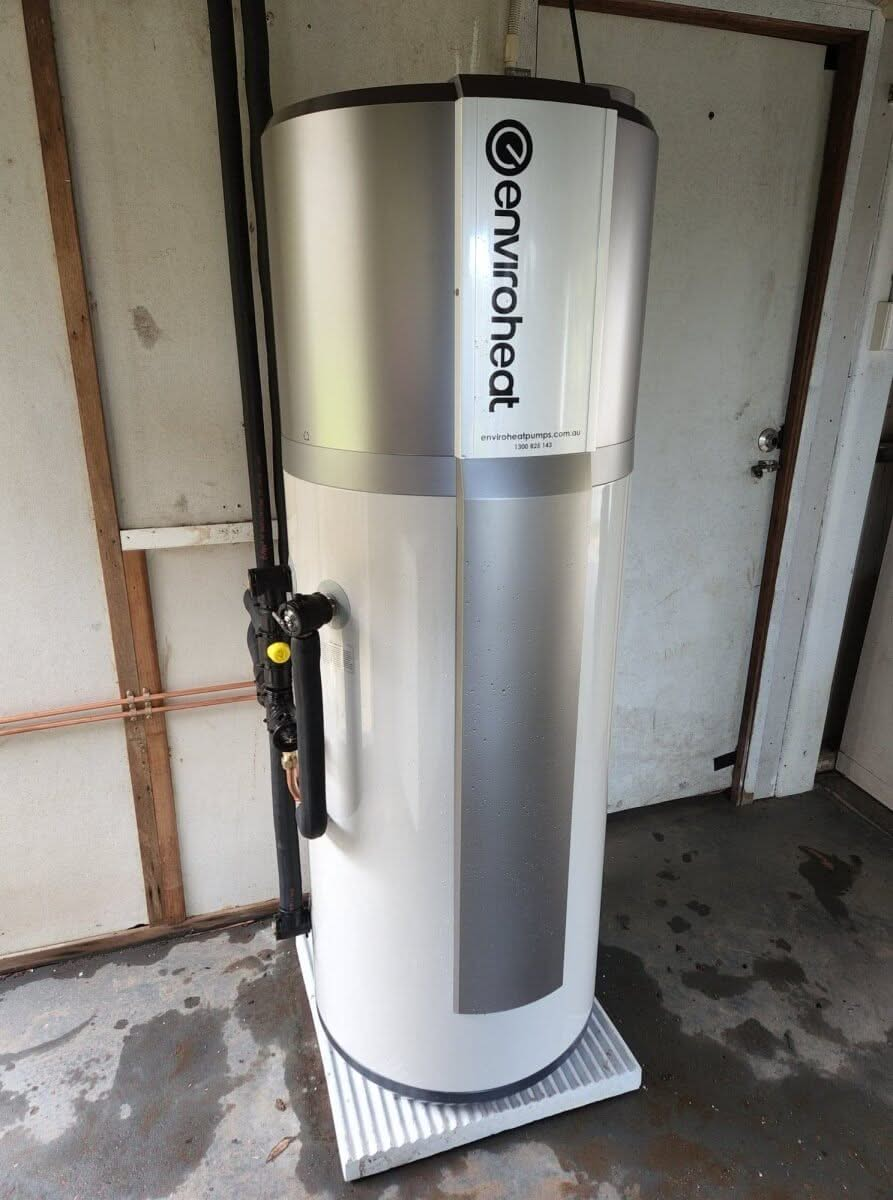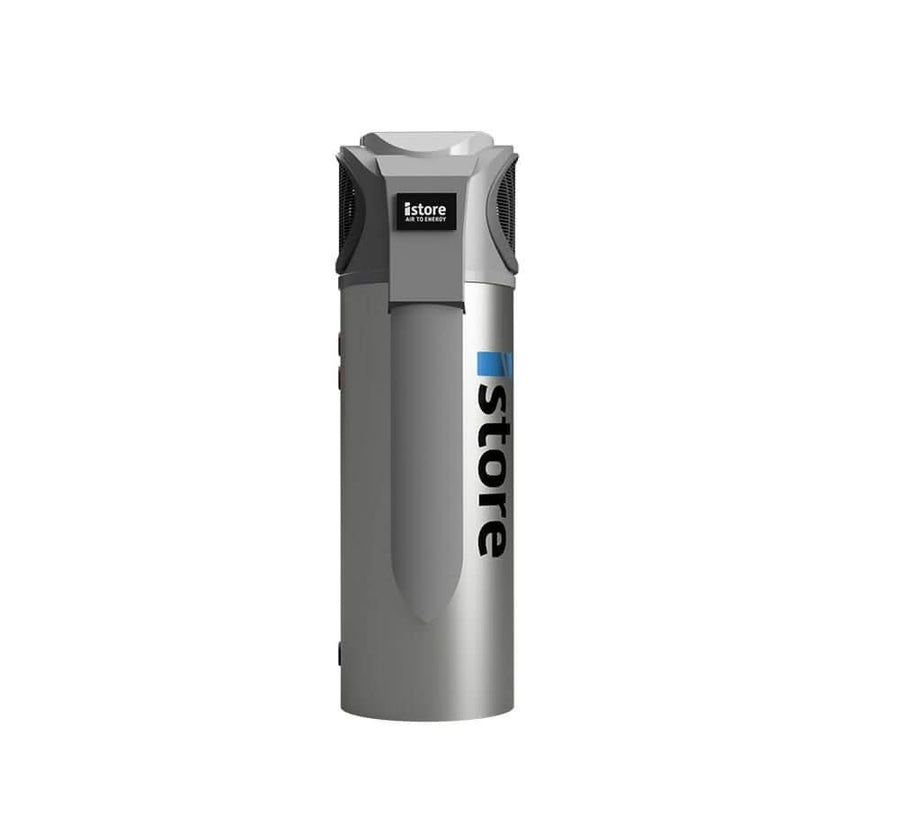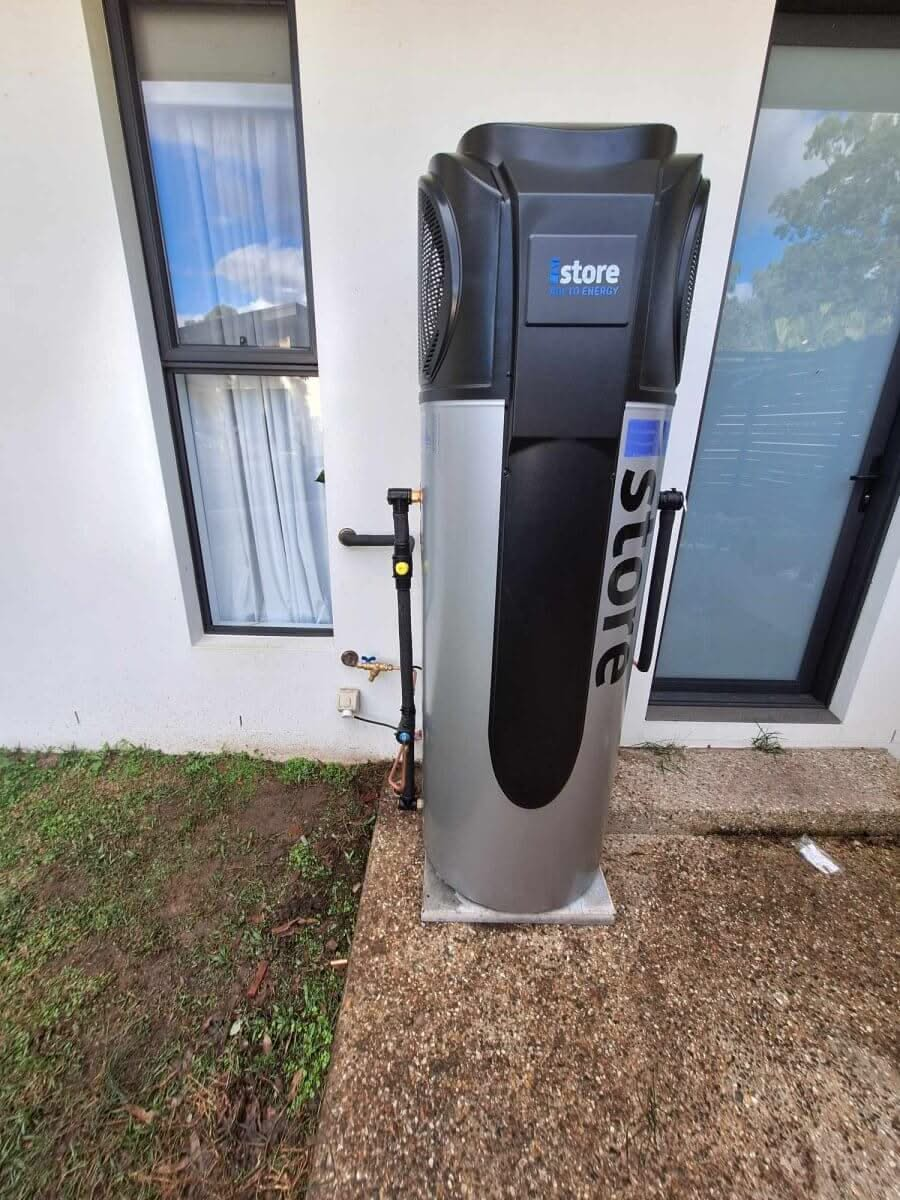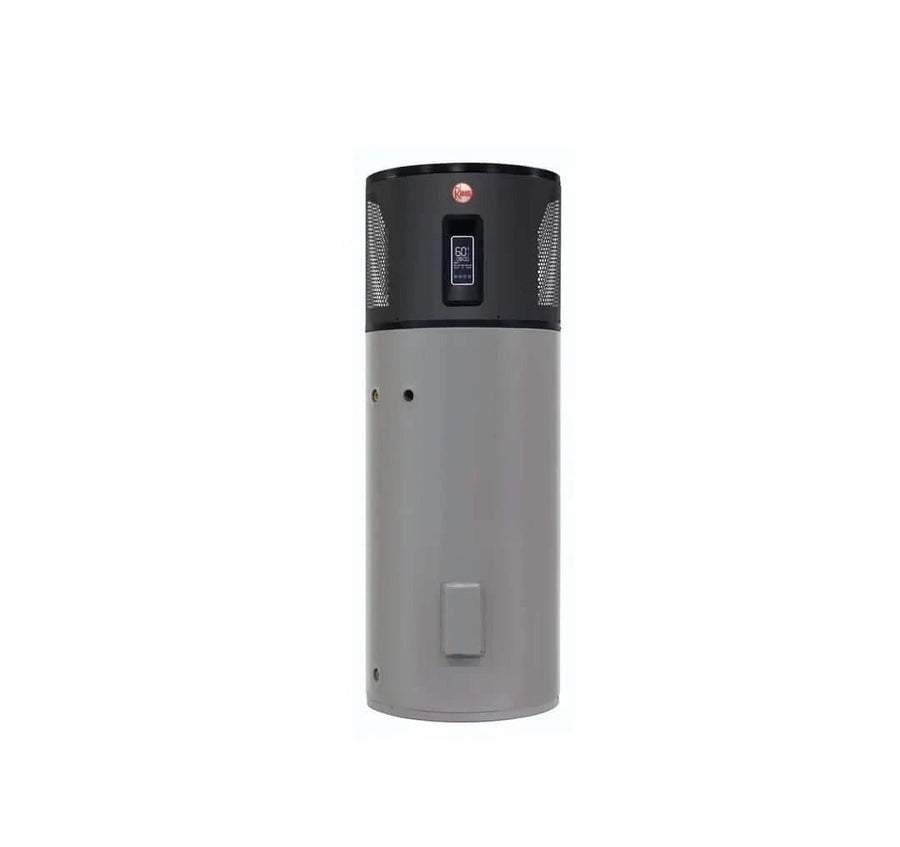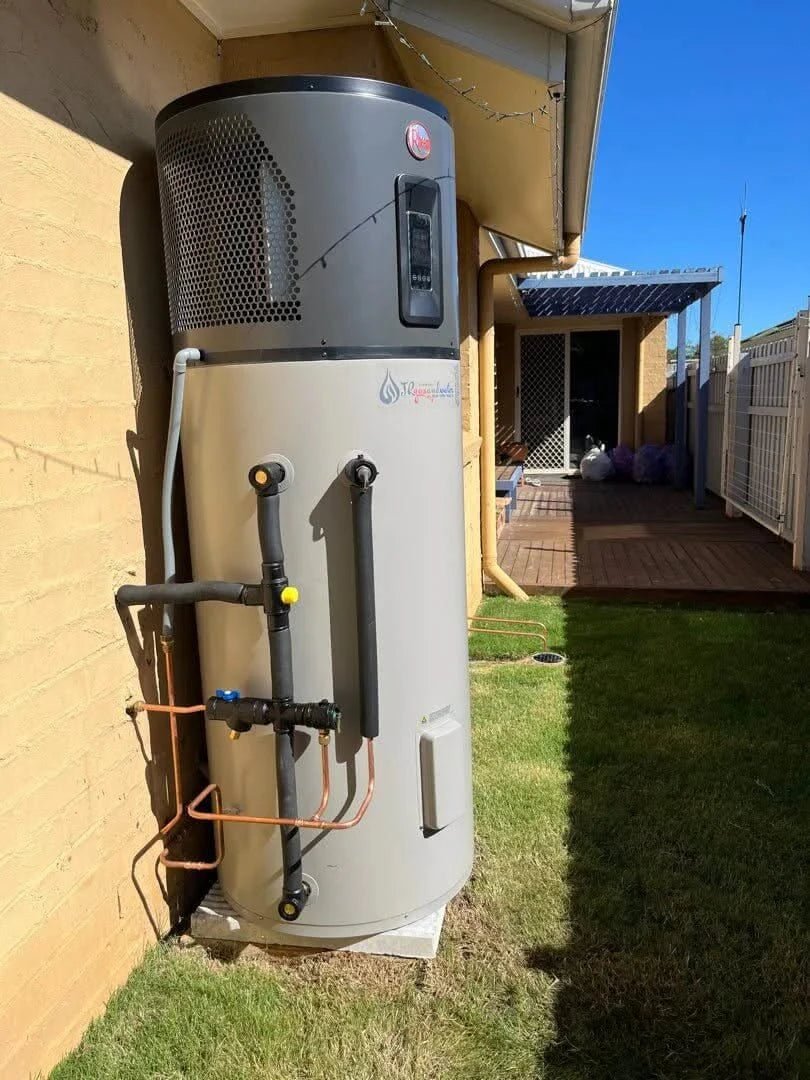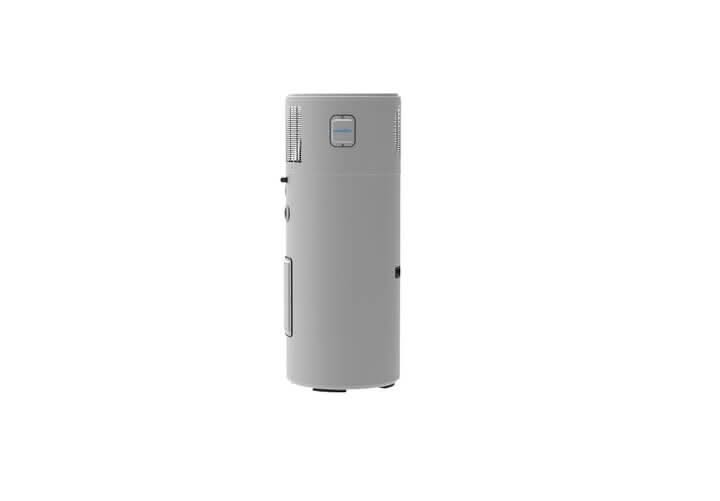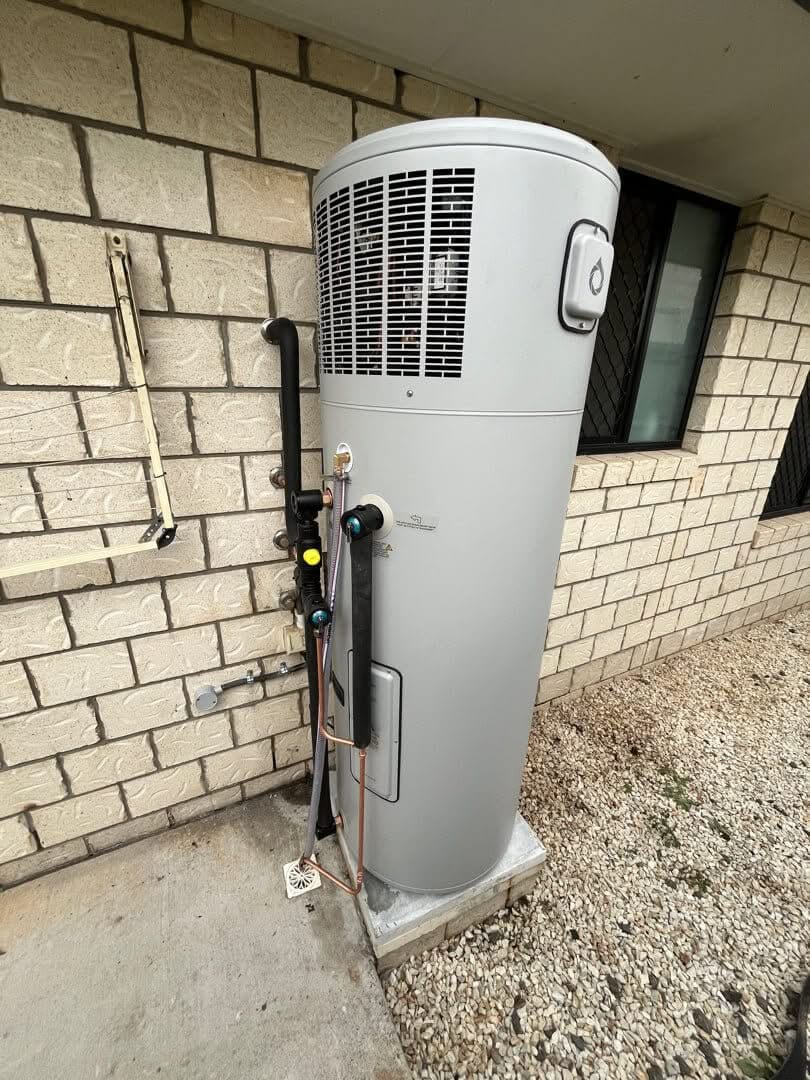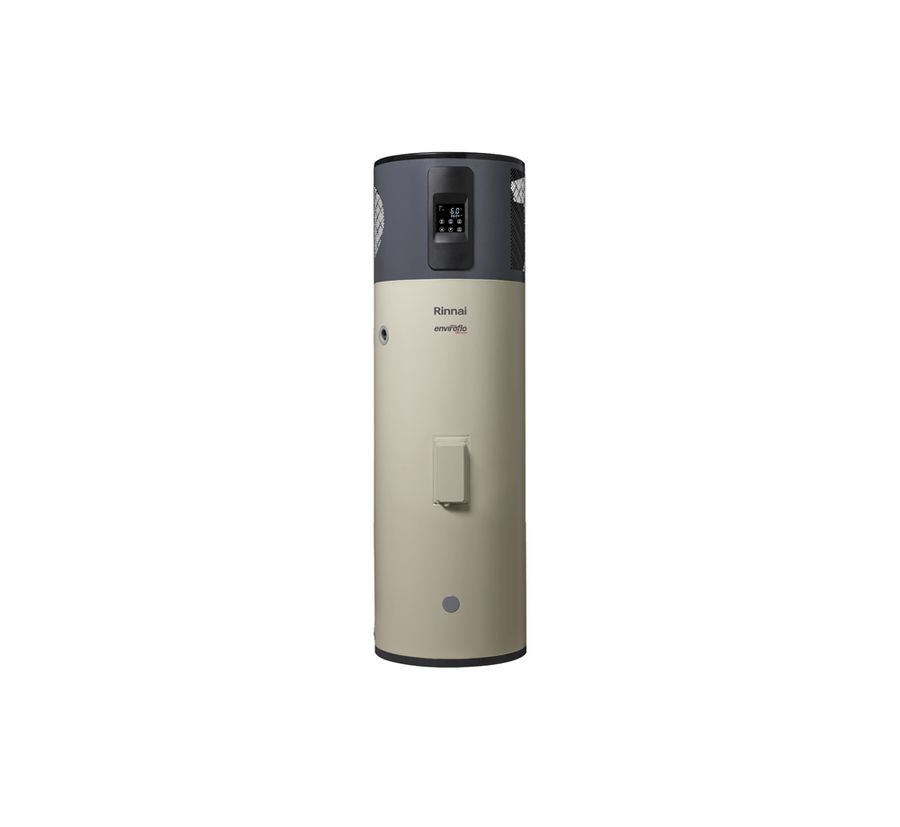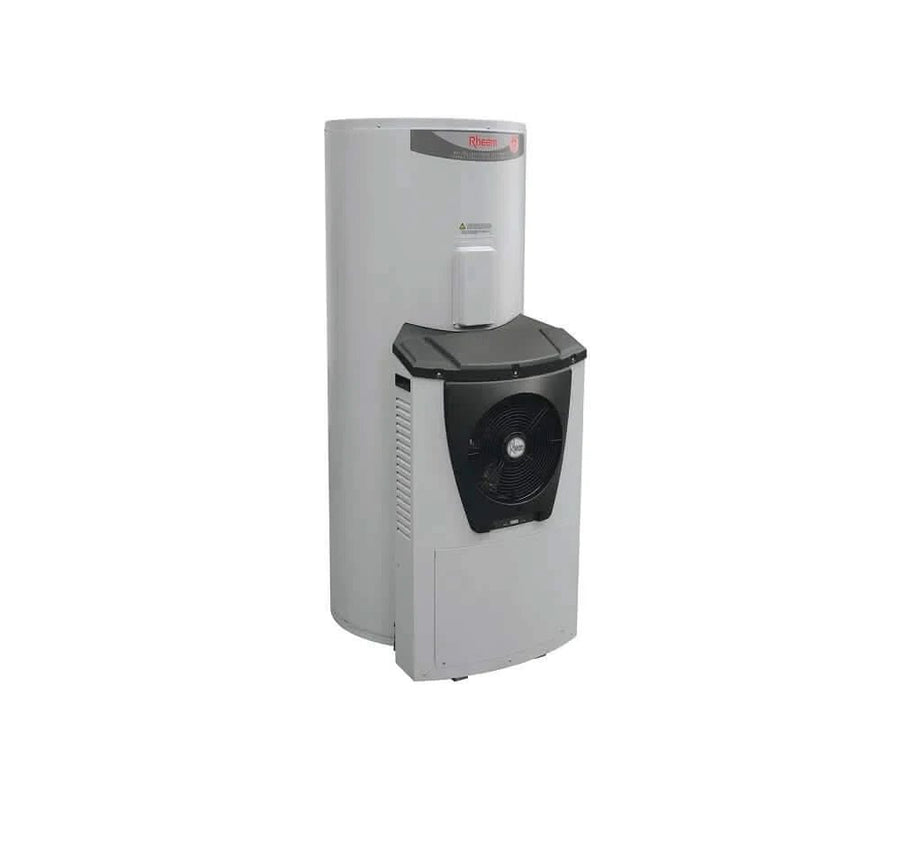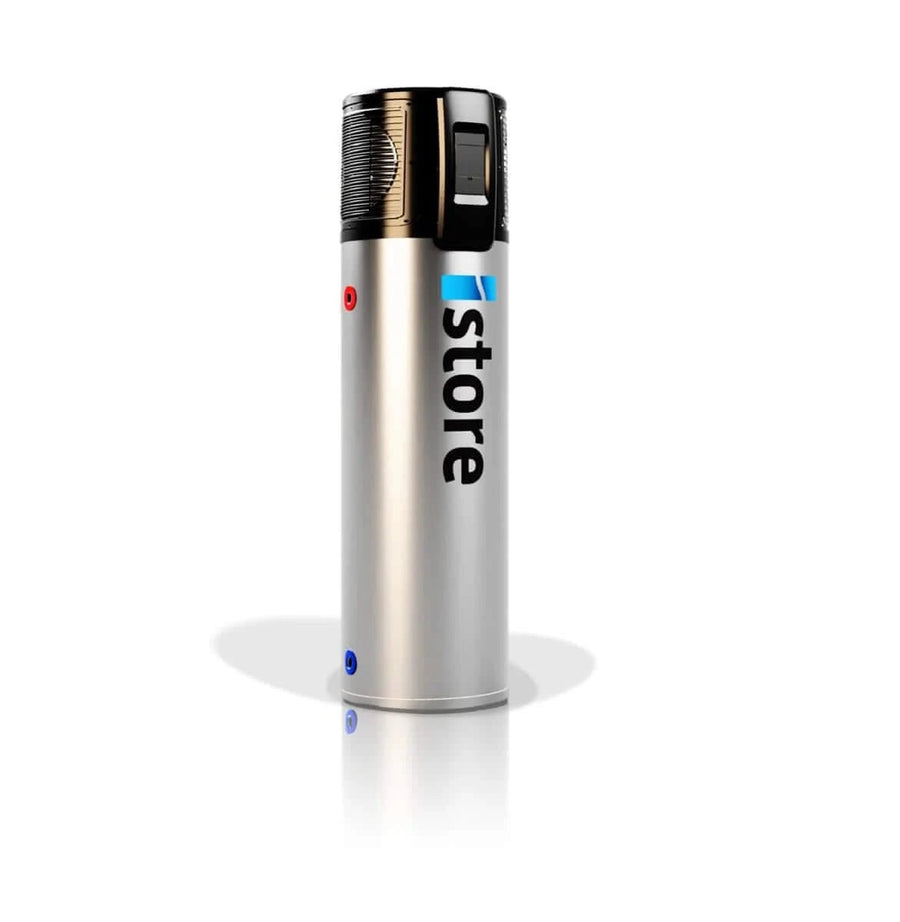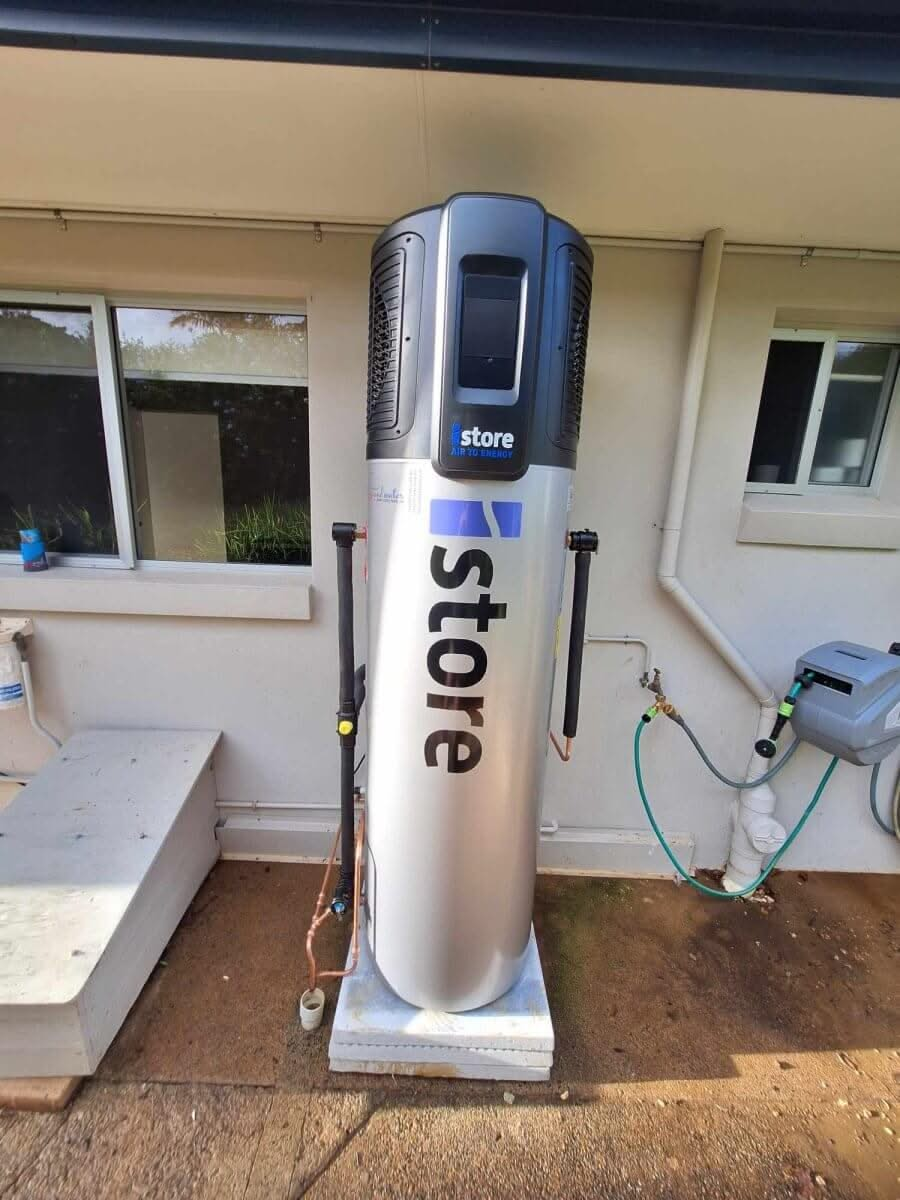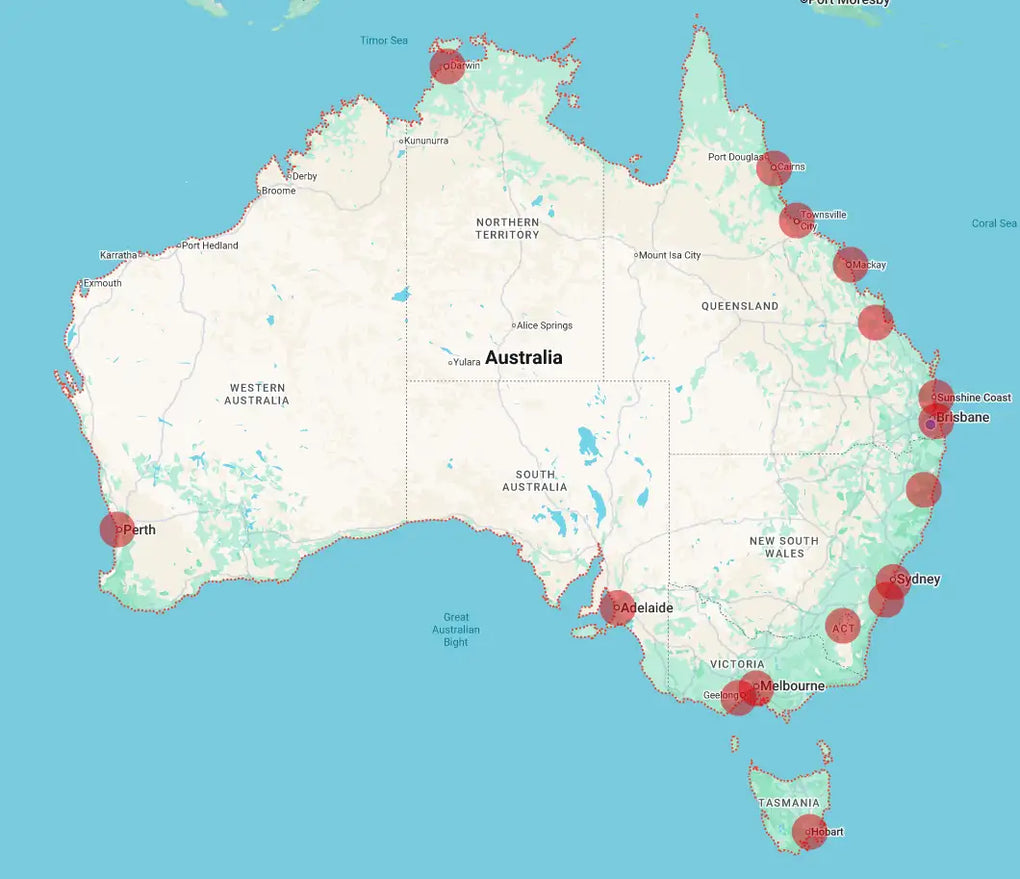Best Solar Hot Water System Australia 2023: A Buyer’s Guide
If you’re looking for an energy-efficient way to heat your water while cutting down on electricity bills, transitioning from a traditional electric hot water system to a solar hot water system is a game-changer. With government rebates, long-term savings, and reduced carbon emissions, switching to solar hot water not only reduces electricity costs but also offers significant financial benefits and energy savings. It's an investment in both your wallet and the planet.
This guide will help you choose the best solar hot water system in Australia in 2023, covering:
✅ Top-rated systems & brands✅ How solar hot water works✅ Costs, installation & government rebates✅ Pros & cons of different types
🏆 Best Solar Hot Water Systems in Australia (2023)
🔥 Top 5 Solar Hot Water Systems
|
Brand & Model |
Type |
Storage Size |
Efficiency |
Best For |
|---|---|---|---|---|
|
🌞 Rheem Premier Hiline |
Roof-mounted |
180L - 300L |
High |
Frost-prone areas |
|
🌱 Rinnai Sunmaster |
Split System |
250L - 315L |
Very High |
Large households |
|
🔥 Chromagen Solar Hot Water |
Split System |
200L - 300L |
High |
Custom installations |
|
⚡ Stiebel Eltron Heat Pump |
Heat Pump |
220L - 302L |
Ultra High |
All climates |
|
🌎 Solahart Roof-Mount |
Roof-mounted |
180L - 300L |
Very High |
Low-maintenance homes |
🔹 Key Takeaways:
-
Rheem and Solahart offer proven reliability and high solar efficiency.
-
Rinnai and Chromagen are great for split systems, keeping tanks off the roof.
-
Stiebel Eltron Heat Pumps work in all weather conditions and save up to 75% on energy costs.
-
Solar hot water heaters provide significant energy efficiency and cost savings, drastically reducing energy consumption compared to conventional systems.
🔍 What is a Solar Hot Water System?
A solar hot water system is a type of renewable energy system that uses solar energy to heat water for various applications, including residential, commercial, and industrial use. These systems are designed to harness the energy from the sun and convert it into heat, which is then used to warm water. By utilizing the sun’s abundant and free energy, solar hot water systems offer an eco-friendly and cost-effective solution for meeting hot water needs.
Definition and Explanation of Solar Hot Water Systems
Solar hot water systems typically consist of a solar collector, a storage tank, and a backup heating system. The solar collector is responsible for absorbing the sun’s energy and converting it into heat, which is then transferred to the storage tank. The storage tank holds the heated water, ensuring a steady supply for various uses throughout the day. During periods of low sunlight or high hot water demand, a backup heating system, such as a heat pump or electric element, steps in to ensure a consistent hot water supply. This combination of solar and auxiliary heating ensures that you always have hot water when you need it.
Benefits of Using Solar Hot Water Systems
Solar hot water systems offer several benefits, including:
-
Reduced Energy Bills: By harnessing solar energy, these systems significantly cut down on electricity or gas consumption, leading to substantial savings on energy bills.
-
Environmental Benefits: Solar hot water systems are a clean, renewable energy source, producing no greenhouse gas emissions or pollution, thus helping to reduce your carbon footprint.
-
Increased Property Value: Installing a solar hot water system can enhance the value of your property, making it more attractive to potential buyers who are looking for energy-efficient homes.
-
Low Maintenance: With minimal moving parts, solar hot water systems require little maintenance and can last for up to 20 years or more, providing long-term reliability and peace of mind.
☀️ How Do Solar Hot Water Systems Work?
A solar hot water system uses the sun’s energy to heat water through solar collectors (panels), reducing electricity or gas reliance.
Here’s how the process works:
🔹 Solar Collectors – Absorb sunlight and heat water directly or through a fluid transfer system. 🔹 Storage Tank – Holds the hot water for use throughout the day and night. The size of the hot water tank should be determined based on household size and daily hot water requirements. 🔹 Boosters (Gas/Electric) – Provide backup heating for cloudy days or high-demand usage.
⚡ Types of Solar Hot Water Systems
Choosing the right type depends on climate, budget, and available space.
|
System Type |
How It Works |
Pros |
Cons |
|---|---|---|---|
|
🌞 Roof-Mounted (Thermosiphon) |
Collectors & tank on the roof, using natural circulation |
No pump required, lower maintenance |
Heavier on roof, harder to install |
|
🔥 Split System (Ground-Mounted Tank) |
Panels on the roof, tank on the ground, uses a pump |
No roof weight, better aesthetics |
Requires a pump, higher maintenance |
|
❄ Heat Pump |
Uses air temperature to heat water, no solar panels |
Works in all climates, very efficient |
Higher upfront cost, needs power to run |
|
🌬 Heat Pump Systems |
Functions similarly to air conditioners by utilizing ambient heat to heat water |
Efficient in various climates, eligible for federal incentives |
Higher initial investment, requires electricity |
🏡 Which One Is Right for You?
-
Live in a sunny area? 🌞 Roof-mounted or split system is ideal.
-
Need an all-weather option? ❄ Heat pumps are a great alternative.
-
Limited roof space? Ground-mounted split systems keep your roof free.
🔧 Solar Hot Water System Components
Solar hot water systems consist of several key components, each playing a crucial role in the system’s efficiency and functionality. Understanding these components can help you make an informed decision when choosing a system.
Collectors, Tanks, and Boosting Options
-
Solar Collectors: These are the heart of the solar hot water system. Solar collectors, often installed on the roof, absorb sunlight and convert it into heat. There are two main types of collectors: flat-plate collectors and evacuated tube collectors. Flat-plate collectors are more common and consist of a dark flat plate that absorbs heat, while evacuated tube collectors are more efficient in colder climates due to their superior insulation.
-
Storage Tanks: The storage tank holds the hot water heated by the solar collectors. It is insulated to keep the water hot until it is needed. Tanks come in various sizes, typically ranging from 180L to 300L, depending on household needs. Some systems use a single tank, while others may have a separate pre-heating tank.
-
Boosting Options: To ensure a reliable supply of hot water, especially during cloudy days or periods of high demand, solar hot water systems often include a boosting option. This can be an electric element or a gas booster that kicks in when the solar-heated water is not sufficient. Heat pumps can also be used as a boosting option, providing an energy-efficient way to heat water using ambient air temperature.
By understanding these components and how they work together, you can better appreciate the efficiency and benefits of solar hot water systems, making it easier to choose the right system for your needs.
💰 How Much Does a Solar Hot Water System Cost?
Investing in a solar water heater can be a smart financial decision due to its cost-effectiveness and long-term savings.
|
System Type |
Unit Cost |
Installation Cost |
Total Cost |
|---|---|---|---|
|
🌞 Roof-Mounted |
$3,500 - $7,000 |
$1,500 - $3,000 |
$5,000 - $10,000 |
|
🔥 Split System |
$4,000 - $7,500 |
$1,500 - $3,000 |
$5,500 - $10,500 |
|
❄ Heat Pump |
$3,000 - $4,500 |
$1,000 - $2,000 |
$4,000 - $6,500 |
🏆 Long-Term Savings
✅ Save up to 75% on hot water energy bills
✅ Average payback period: 3-7 years
✅ Increases home value
🔧 Installation & Maintenance
A professional installer will ensure your solar hot water system is: ✔ Correctly positioned for maximum sun exposure ✔ Properly sized to match household water needs ✔ Boosted (Gas/Electric) for consistent hot water supply
Installing a solar hot water heater requires proper positioning for maximum sun exposure and consideration of household water needs.
💡 Maintenance Tips
🔹 Clean solar collectors every 6-12 months
🔹 Check & replace anodes every 3-5 years (if applicable)
🔹 Inspect pipes for leaks annually
💰 Government Rebates & Incentives (Save $$$!)
Australia offers rebates & incentives to make solar hot water more affordable.
🌎 National Rebates (STCs)
✅ Small-Scale Technology Certificates (STCs) – Discounts based on system size & location.
✅ Available Australia-wide for solar & heat pump hot water systems.
🏡 State-Specific Rebates
-
Victoria: Up to $1,000 off solar hot water (Solar Homes Program).
-
NSW: Discounts through the Energy Savings Scheme (ESS).
-
QLD & SA: Various energy efficiency rebates.
💡 Check with JR Gas & Water to see what rebates you qualify for!
🆚 Solar vs. Other Hot Water Systems: Which Saves More?
|
System Type |
Upfront Cost |
Running Cost |
Savings Over 10 Years |
|---|---|---|---|
|
🌞 Solar Hot Water |
$4,000 - $10,000 |
$50 - $100/year |
$6,000 - $10,000 saved |
|
🔥 Heat Pump |
$4,000 - $6,500 |
$100 - $250/year |
$5,000 - $8,000 saved |
|
⚡ Electric Storage |
$800 - $2,600 |
$600 - $1,200/year |
Higher long-term cost |
|
💨 Gas Instant |
$1,300 - $3,200 |
$400 - $900/year |
Moderate savings |
📌 Final Verdict: Is Solar Hot Water Worth It?
✅ YES! Solar hot water systems are worth it if you:
✔ Want huge long-term energy savings 💰
✔ Qualify for government rebates 🌱
✔ Have good roof space & sun exposure ☀️
✔ Want to increase home value 🏡
🔥 Best Choice for Maximum Savings: Solar hot water + government rebate.
🔥 Best Choice for All Climates: Heat pump hot water system.
📞 Ready to Upgrade? Get Expert Installation Today!
✅ JR Gas & Water – Trusted solar hot water installers in Brisbane, Gold Coast & Sunshine Coast
✅ Expert advice on rebates & the best system for your home
✅ Fast, professional installation with warranty-backed systems
📲 Contact JR Gas & Water today and start saving with solar hot water! ☀️💦



